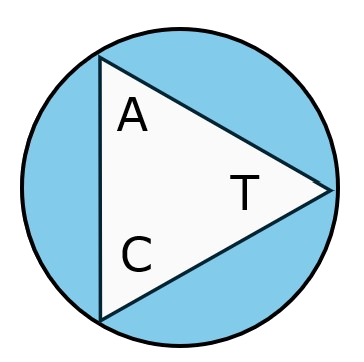CaPytal Platform
The CaPytal ecosystem provides a comprehensive suite of tools for modern actuarial workflows. Whether you use the core CaPytal package to enhance your own bespoke model development, or use our prebuilt solutions to accelerate your projects, we have products that should be of interest to any company using Python for their capital or risk modelling.
🐍 CaPytal Package
A Python package that provides a comprehensive and elegant syntax for expressing stochastic capital modelling logic, with integrated functionality for controlling simulations and correlations.
📊 CaPytal Modeller
Turn a simple function into an interactive model with configurable inputs and results dashboards, making models accessible to non-technical stakeholders.
🛡️ CaPytal Reinsurance Components
Comprehensive modelling of complex reinsurance structures, from simple XoL layers to multi-layered inuring programs, with rich interactive dashboards for analysis and reporting.
CaPytal Package
The foundation of our technology stack, providing intuitive syntax for complex actuarial calculations.
Loss Simulation
Aggregating Data
Correlation Modelling
CaPytal Modeller
Easily turn code into an interactive model with inputs and results dashboards, allowing for easy exploration and communication of results.
CaPytal Modeller
CaPytal Reinsurance Components
Specialized tools for modeling and analyzing complex reinsurance structures.
Reinsurance Modelling
See What You Can Build with Python
Request a demo or consultation to learn more about how our products could enhance your risk or capital modelling.
